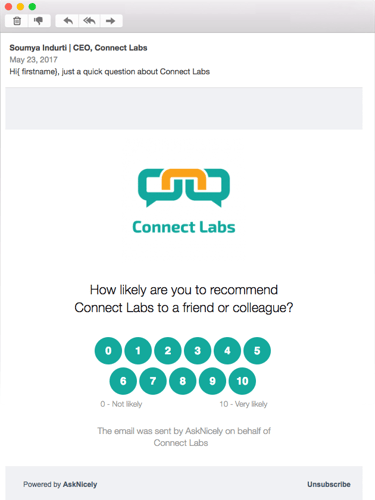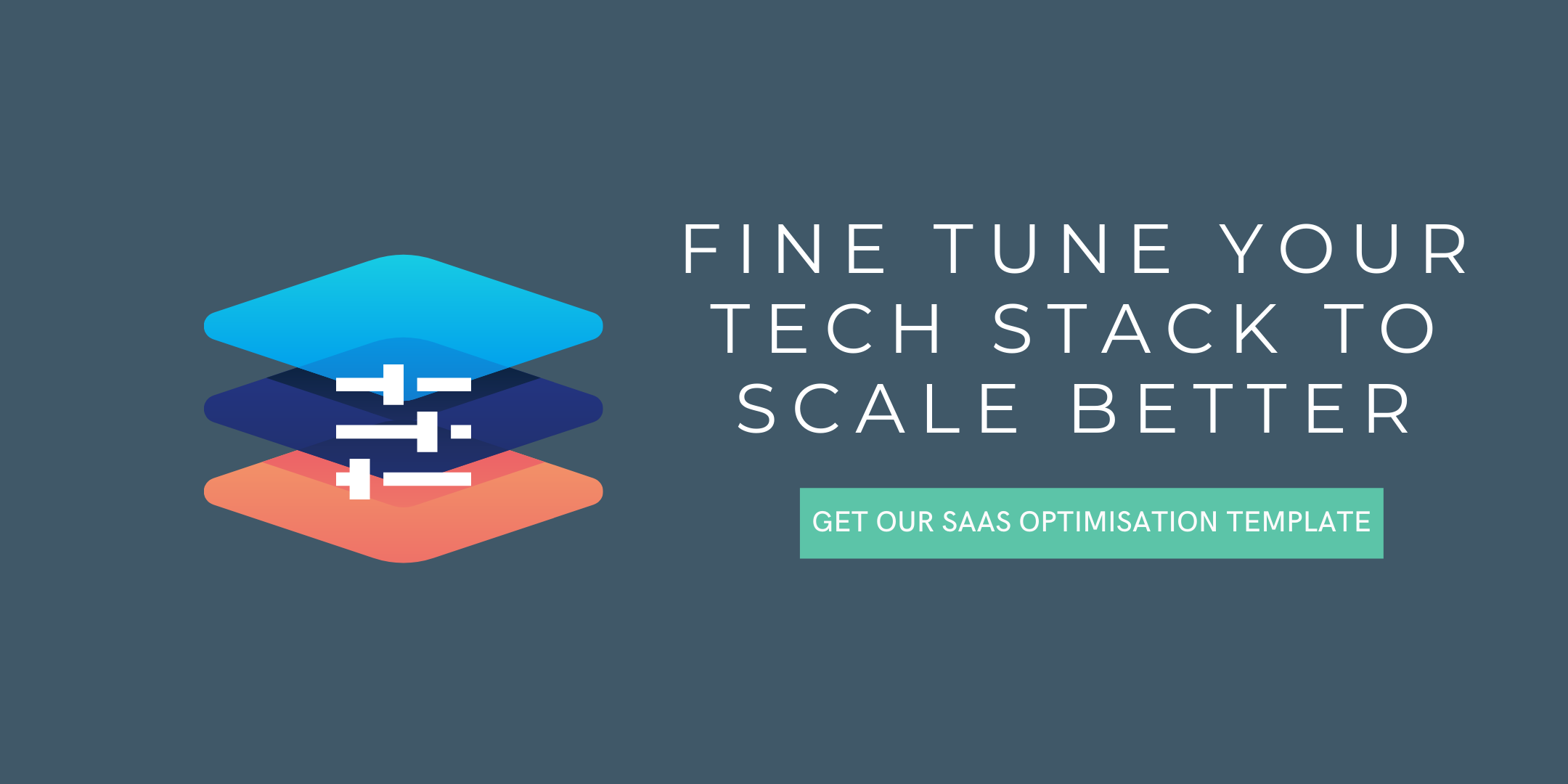In the SaaS industry, good customer experience is crucial for high recurring revenue. When analysing and making improvements to your customer experience, you need to look at the end-to-end journey. If you only focus on customer touchpoints, you will miss the big picture.
For instance, a customer might be satisfied that your customer service team resolved their issue, but still be frustrated that they had an issue in the first place and thus be unsatisfied on the whole. By looking at the customer journey as a whole, you can address the underlying causes of customer dissatisfaction.
A good customer experience will increase revenue as a result of the following:
- Increased renewals and upsells
- Reduced churn rate
- Increased referrals
It also helps to differentiate your brand and your service from the competition. For most SaaS companies, the majority of a customer's revenue comes after the initial sale. This means that renewals and upsells – and hence customer experience – are the key to SaaS success.
How to improve customer journeys
1. Create customer journey maps
In order to analyse your customer journeys, you first need to define them. To do this, you should map out the customer journey for each of your buyer personas (it's a good idea to review your personas before you begin).
It's important that your maps don't end at the 'becomes a customer' stage. Keep going through the onboarding, post-sales, renewal and upsell stages so that the complete customer experience is described.
While your maps should be from the customer's perspective, you should also include the internal processes that coincide with each journey. This will allow you to analyse any internal issues that are affecting customer experience.
2. Analyse customer journey performance
Compare your ideal customer journeys to your data to see where and why customer experience problems arise. Some useful metrics to look at are:
- Customer volume at each stage of your journeys – e.g. trial user-to-customer conversion rate, renewal rate, upsell rate
- Customer engagement with your product, broken down by your product's features and compared to churn – this will tell you which features are sticky (i.e. most likely to reduce churn) and which ones perhaps aren't providing enough value
3. Analyse customer experience problems
Now you need to determine why problems are occurring in your journeys. Look at:
- Reasons for contacting customer service – what are the most common and what are their underlying causes?
- Discrepancies between promises made and services delivered – are marketing and sales accurately setting expectations?
- Internal issues – is there confusion about which department has ownership at which stage? Do problems often arise at handover points between departments?
- Reasons for churn – what causes customers to leave? Don't stop at the top-level answers – keep asking why
4. Implement informed changes
Review your onboarding process and ongoing support
You should review your onboarding process and your ongoing support services and resources if you're data shows:
- A significant dropoff in customers before their first renewal
- Low engagement with your product for new users
- A significant number of calls to customer service where the user is requesting help because they don't know how to use your product
Your customers won't see the value in your product unless you show them. Ensuring that new users have set up their account properly and know how to use your product is crucial to a good customer experience. This means your onboarding process has a big impact on your recurring revenue.
How effective are your online support resources? HubSpot's Academy portal is a great example of how a B2B SaaS company can use online resources to educate users about their product and its value.
Remember that if your product isn't achieving your users' goals, you won't achieve yours.
Act on customer feedback
Your product is not perfect and your customers can often highlight its flaws and opportunities better than your own team can. Ask about their overall experience as well as their experience with customer service. Ask them for a wishlist of features.
Listen to customer feedback, act on their suggestions and communicate with them so that they know they're heard. When customers feel ignored they will not rate their overall experience well.

Image: A Net Promoter Score survey is a great way to get customer feedback.
Get internal buy-in for internal changes
You've probably found that a lot of customer dissatisfaction is the result of internal structures or processes. If this is the case, you'll need internal buy-in for any changes you wish to make. Make sure your stakeholders:
- Understand how their part in the customer journey affects the rest of the experience
- Understand the problems with the current model
- Are involved in any changes
- Approve of a culture of continuous improvements
Set up a customer success department
This is distinct from customer service, which is responsible for customer touchpoints. A customer success department is responsible for customer journeys and manages the ongoing oversight of your customer experience. This involves:
- Regularly analysing customer journey performance
- Implementing continuous improvements to customer journeys
- Reviewing customer journey maps
- Creating processes to identify customers that are at-risk and to engage with them to prevent churn
- Liaising with internal stakeholders to oversee and get buy-in for changes to the customer journey
With so much competition, SaaS customers are rarely loyal. Their investment in your product is most likely a subscription so they won't feel financially committed to you for a long time. What's more, it's usually quite easy for users to switch products. All this means that customer experience is make or break for SaaS businesses. If you focus on the customer journey and help your users reach their goals, their success will be your success.
Refine your tech stack and reduce technical debt. We have an optimisation template that could just do the trick and help you scale better.
Tags:
B2B SaaS
May 23, 2020

